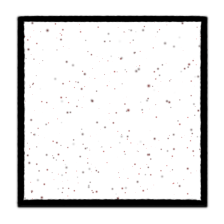安装 Steam
登录
|
语言
繁體中文(繁体中文)
日本語(日语)
한국어(韩语)
ไทย(泰语)
български(保加利亚语)
Čeština(捷克语)
Dansk(丹麦语)
Deutsch(德语)
English(英语)
Español-España(西班牙语 - 西班牙)
Español - Latinoamérica(西班牙语 - 拉丁美洲)
Ελληνικά(希腊语)
Français(法语)
Italiano(意大利语)
Bahasa Indonesia(印度尼西亚语)
Magyar(匈牙利语)
Nederlands(荷兰语)
Norsk(挪威语)
Polski(波兰语)
Português(葡萄牙语 - 葡萄牙)
Português-Brasil(葡萄牙语 - 巴西)
Română(罗马尼亚语)
Русский(俄语)
Suomi(芬兰语)
Svenska(瑞典语)
Türkçe(土耳其语)
Tiếng Việt(越南语)
Українська(乌克兰语)
报告翻译问题







As for sculpting... I don't sculpt myself, however I know it's possible to sculpt in blender. There are probably a few tutorials out there for how to sculpt, but the basic process is the following:
Start by creating a low poly version of your model (the one that will be in-game) > unwrap the model and save the low poly model+uv unwrap file > Next, create a high definition version by sculpting (e.g. this version should be hundreds of thousands of polys) > Use the high definition version to bake detailed AO bakes, normal maps, point light maps, and other detail masks > Bring your high definition textures into photoshop and begin coloring them (because most of the detail was done in the sculpt, the texturing should be very quick!) > Import your final texture onto the low poly version of your model > By generating a good normal map from your high poly model, you'll be able to "fake" detail via shadowing in the game engine.
This is how most good looking dota models are made (low poly > high poly > baking > texturing > low poly). You never actually use the sculpt to compile since you'll be generating thousands of polygons.
I think this video should be good to watch (I didn't make it):
http://www.youtube.com/watch?v=mTOBCp2k1R8
Also, this video should be good too!
http://www.youtube.com/watch?v=ApzVWuPa4A4